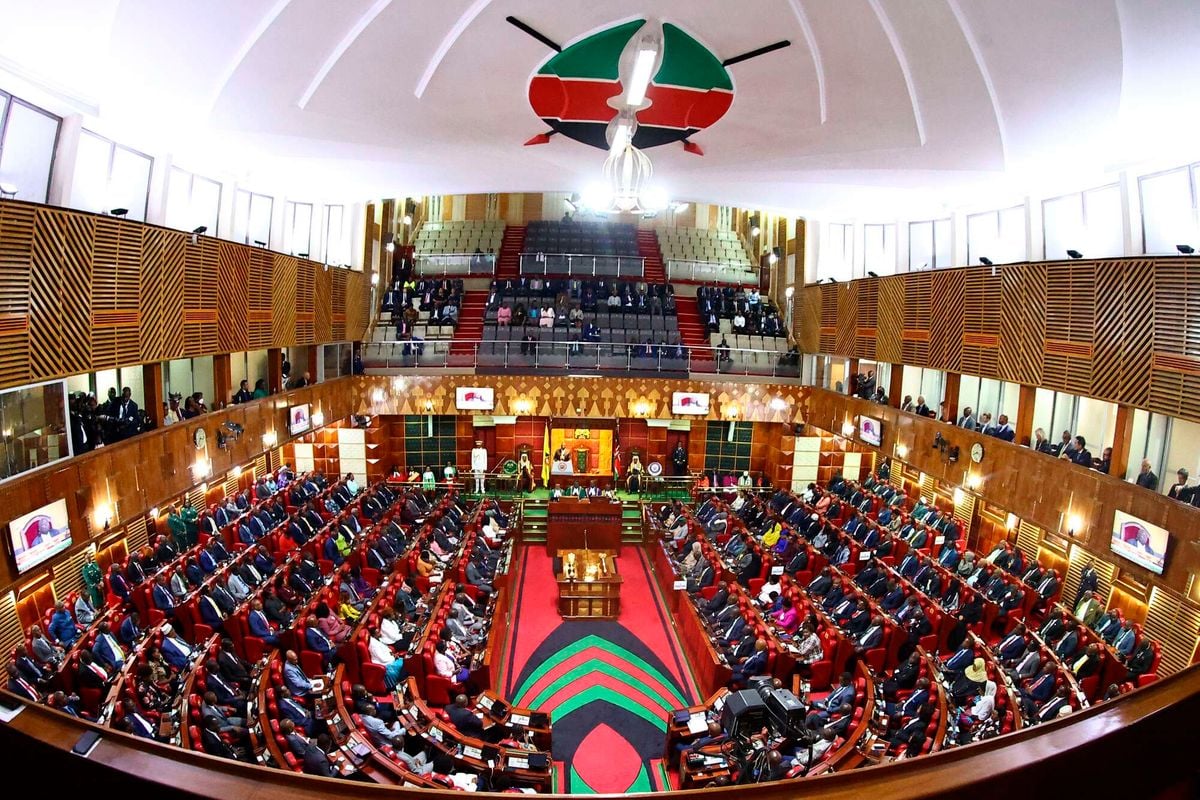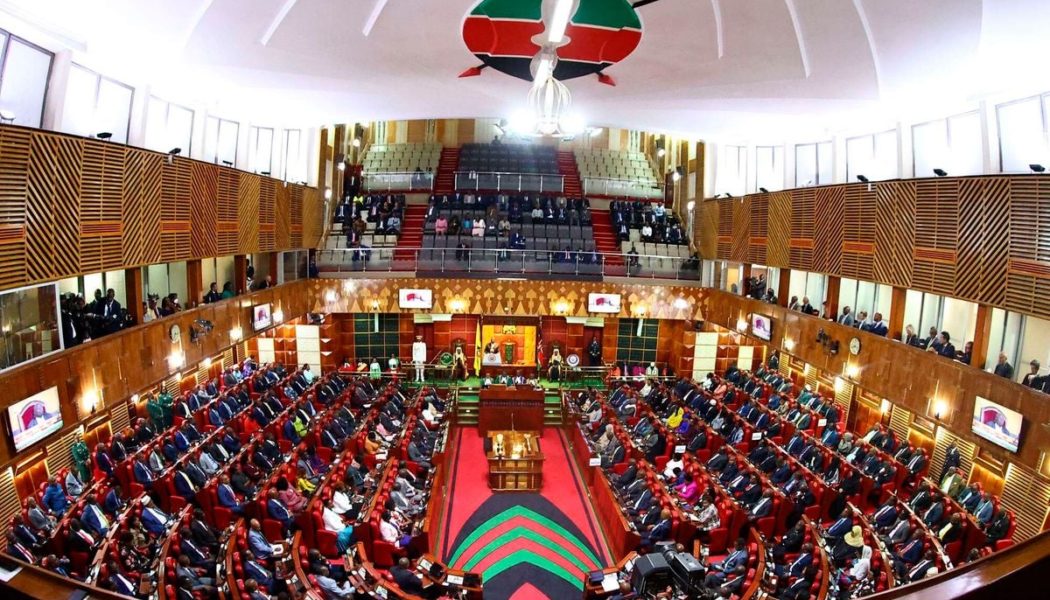
MPs and former lawmakers top the list of Saccos loan defaults that crossed the Sh60 billion mark as one of Kenya’s wealthiest cooperative society struggles under the weight of unpaid loans.
Data from Sacco Societies Regulatory Authority (Sasra)—the industry regulator—shows that Parliamentarians Sacco had a default ratio of 29.73 percent of its loan book or Sh939.2 million in the year to December.
The Sacco, whose 637 members are drawn from MPs, governors, former lawmakers and the presidency, is suffering from its juicy loan deals offered to Kenya’s best-paid workers.
At 29.73 percent, the MPs’ cooperative has one of the highest default rates among the top Saccos, with smaller ones like ACK Uthiru Parish Co-operative Society having a non-performing ratio of 97.92 percent, Gikomba Market-based B-Smart (88.03 percent) and another church-focused Sacco Pefa at 71.8 percent.
Overall, non-withdrawable deposit taking (NWDT) Saccos like the MPs’ cooperative had a default ratio 7.12 percent or Sh7.57 billion and the ones that deposits are withdrawn was at 8.66 percent or Sh56.49 billion—pushing the total non-performing loans to Sh64.06 billion.
The window by the Parliamentarians Sacco allowing members to escape the requirements for loans to be deducted from their salaries or check off egged on its defaults, said a source familiar with its workings, arguing that it has left the debt repayments at the discretion of the lawmakers.
The Sacco, where a significant share of its members top a monthly salary of over Sh1 million, has generous credit packages, including an instant mobile loan of up to Sh400,000 and other products capped at Sh20 million.
This has widened the exposure of the MPs’ Sacco whose membership is known for lavish lifestyles with some flaunting luxury cars and mounds of cash. The large salaries, perks and ostentation of MPs drew attention to weeks-long protests among the young population over proposed tax hikes in the Finance Bill 2024.
Sasra requires Saccos to keep NPLs ratio—the proportion of loans for which no interest or principal has been received for at least three months—at not more than five percent for stability given that co-operatives loan to members from deposits.
“A total of 109 DT (deposit taking)-Saccos had their NPL ratio above the five percent threshold with 64 of them recording NPL ratio above 10 percent, thereby signifying serious deterioration in their loan quality and thus a threat to their compliance, performance, and sustainability,” says Sasra in the latest supervision report.
“In conclusion it is apparent that just like their DT-Saccos counterparts, the NWDT-Saccos segment are also struggling with the quality of the loan portfolios and must therefore put in place adequate loan recovery measures in order to improve the quality of their loan portfolio.”
Kenyan MPs are among the best-paid legislators in the world, with a monthly pay of Sh710, 000 as well as higher perks to pay for their cars and other allowances—easily pushing their salaries to over Sh1 million.
That would guarantee them more than 13 times the average wage of Sh74,500 in Kenya’s private sector.
The average loan per member at Parliamentarians Sacco stood at Sh4.96 million or 45 times larger than the industry average, reflecting its status as the wealthiest cooperative society under Sasra control.
The loans limit for the Sacco are subject to three times one’s savings for deductions through checkoff.
Non-check-off borrowers are allowed up to 2.5 times their savings, a gap that exposes the Sacco to defaults.
Information available on the Sacco’s website indicates the loans are “recoverable within the parliamentary term, in particular the loan must be below or equal to the shares by the end of the term.”
This condition adds to the twist of the significant share of non-performing loans at the Sacco. Over half of 357 Saccos or 189 cooperatives under Sasra had loan default rate of over 20 percent in an economic setting that has seen firms lay off staff, a trigger for loan defaults in company-backed Saccos.
The soft economy has hurt the cash flow of traders, notably small businesses that are linked to Saccos such as B-Smart–which draws most of its members from Gikomba Market.
Saccos drawing core members from churches, farming groups and matatu business also made it to the list of co-operatives with high defaults.
In total, 109 DT-Saccos had their NPL ratio above five percent while 80 NWDT Saccos also posted a similar performance.
Overall, agricultural-based DT-Saccos had the highest average default rate at 18.8 percent, followed by community based (15.7 percent), government-based (11.27 percent) and private sector-based at 6.18 percent. Sasra said part of the rise in defaults to Sh64.06 billion was linked to non-remitted funds owed by various employer institutions to Saccos, which amounted to Sh2.57 billion in 2023.
“It was noted that the spike in the NPL ratio of the State corporation-based DT-Saccos was as a result of defaulted loans arising from non-remitted loan repayment deductions by the employer State corporation agency,” said Sasra.
Similar scenarios were observed with regard to the universities-based DT-Saccos and the county government-based Saccos, all of which had their NPL ratios rise.









